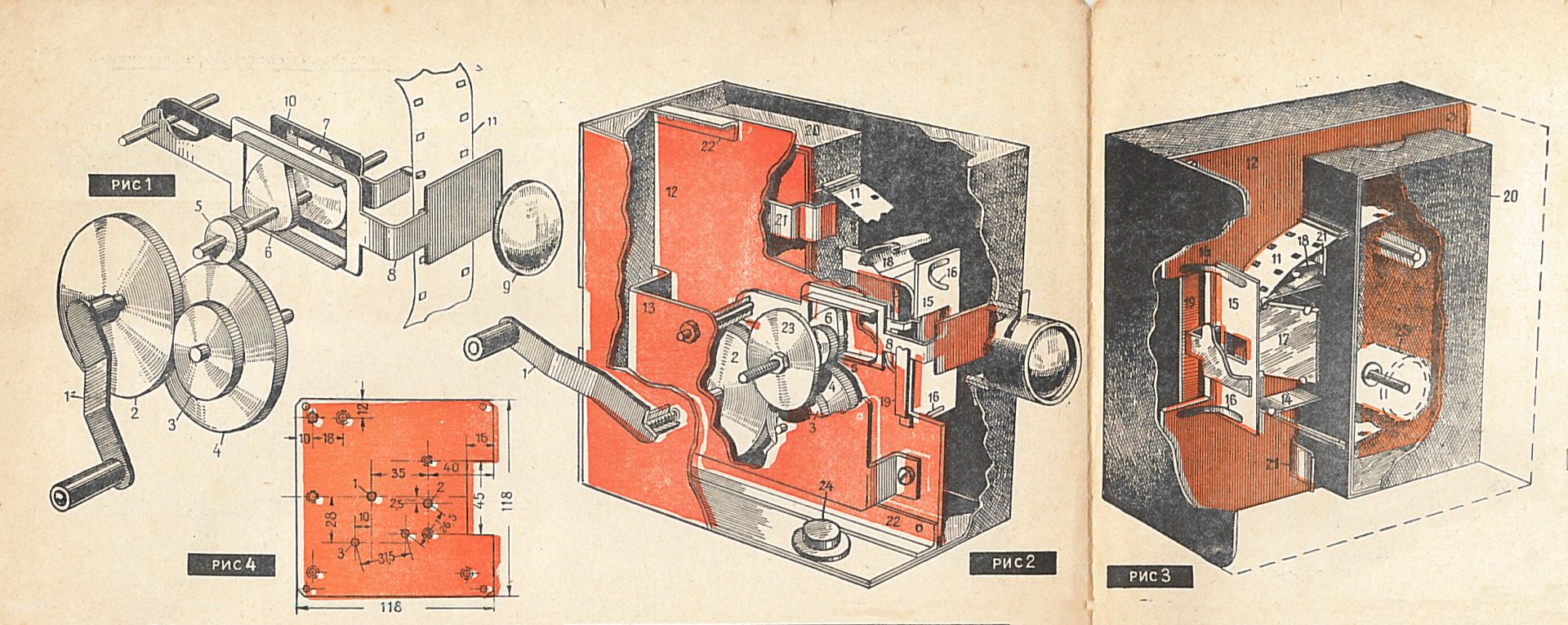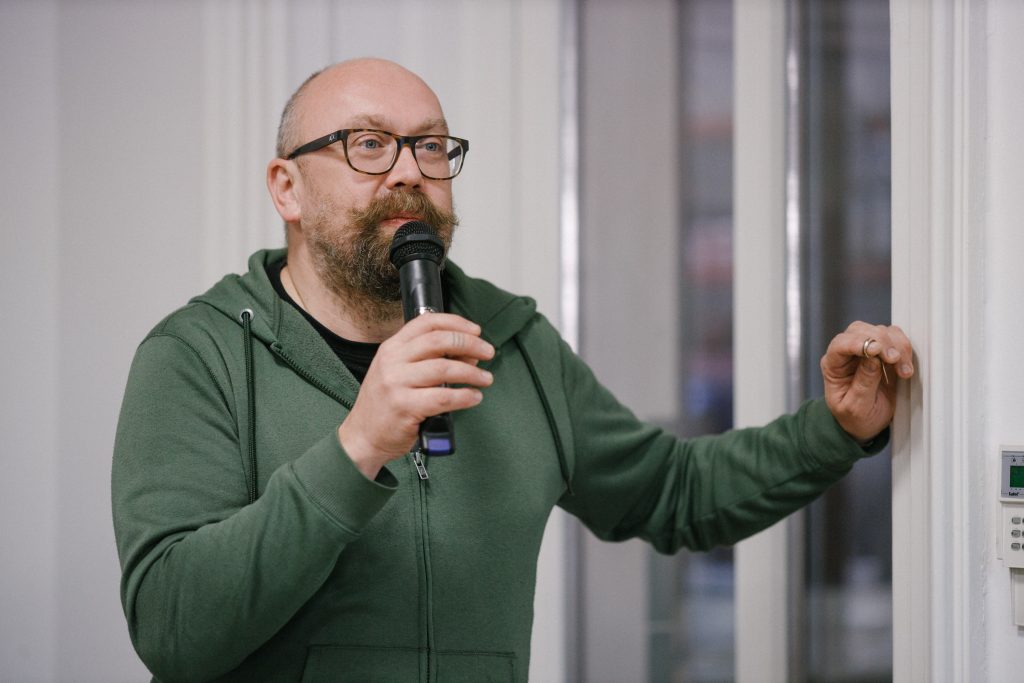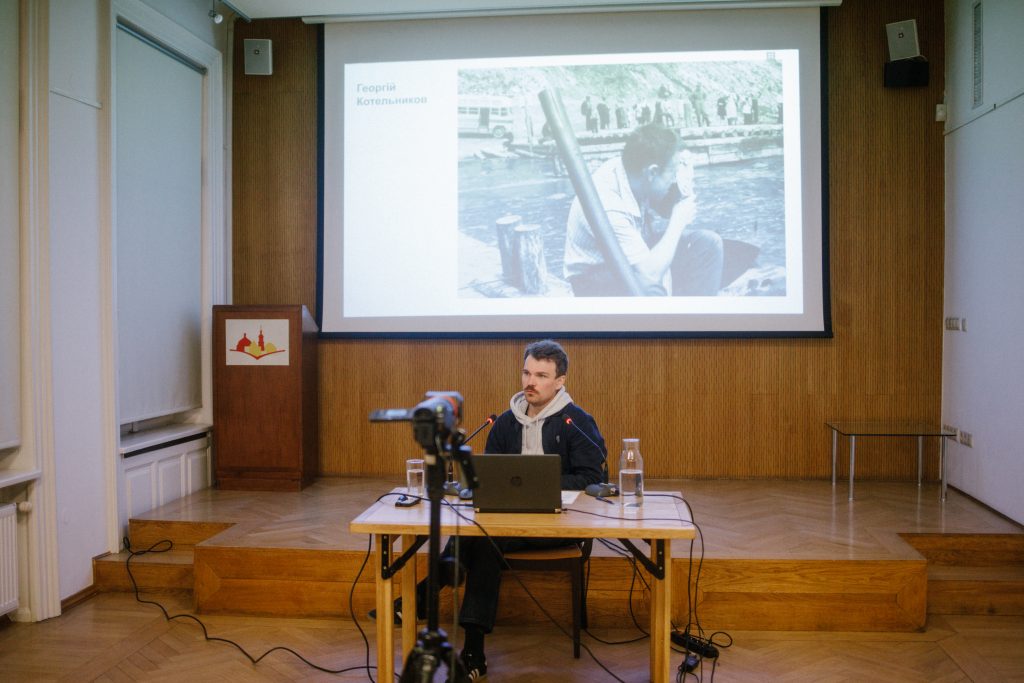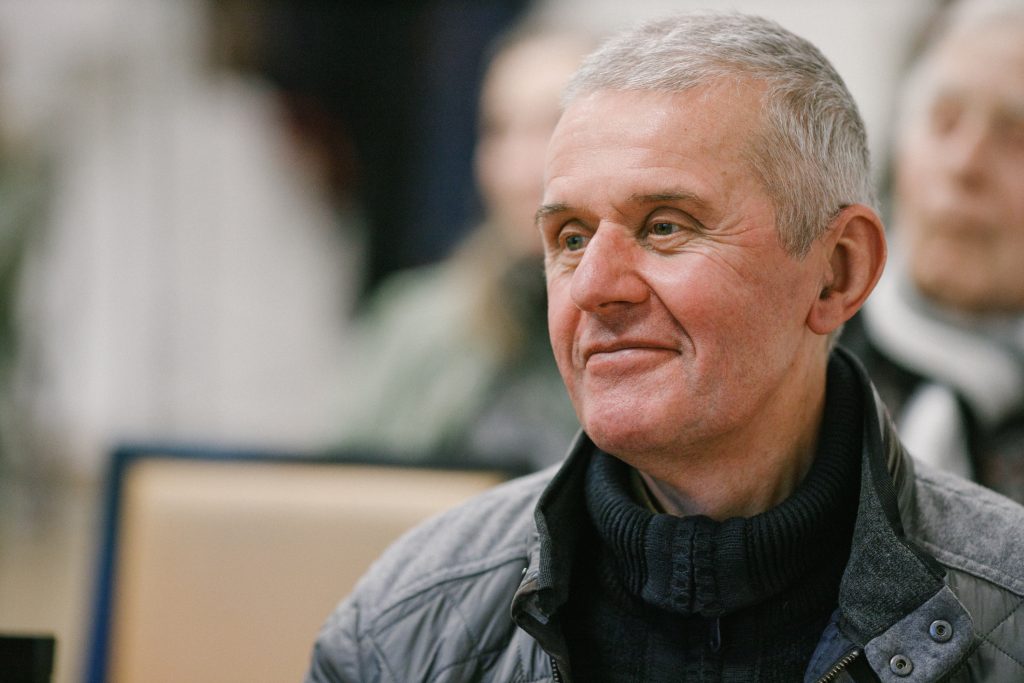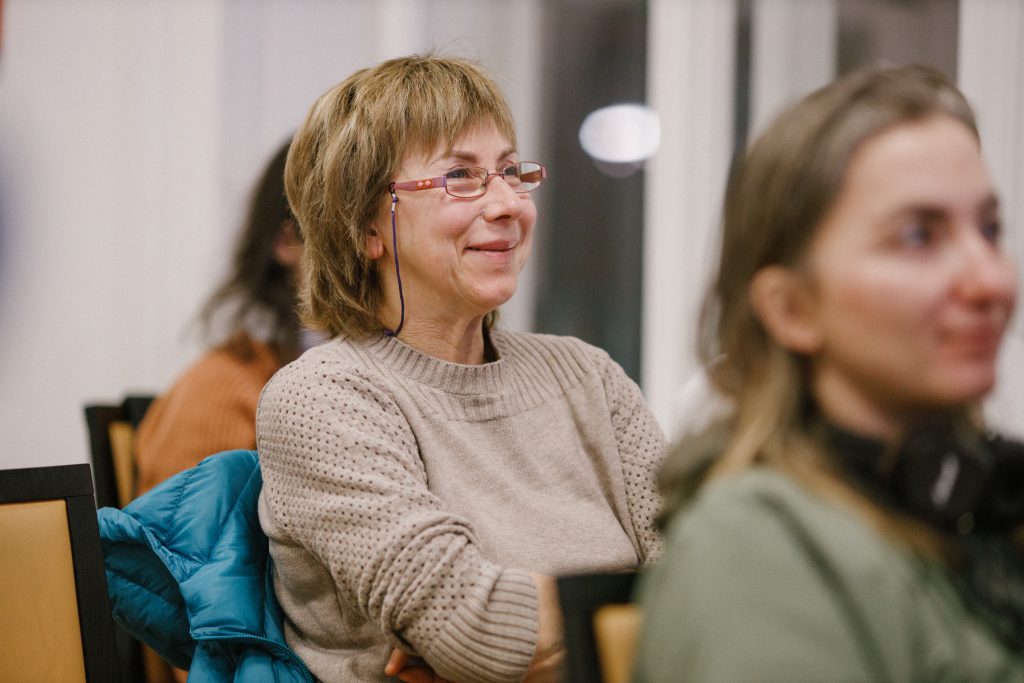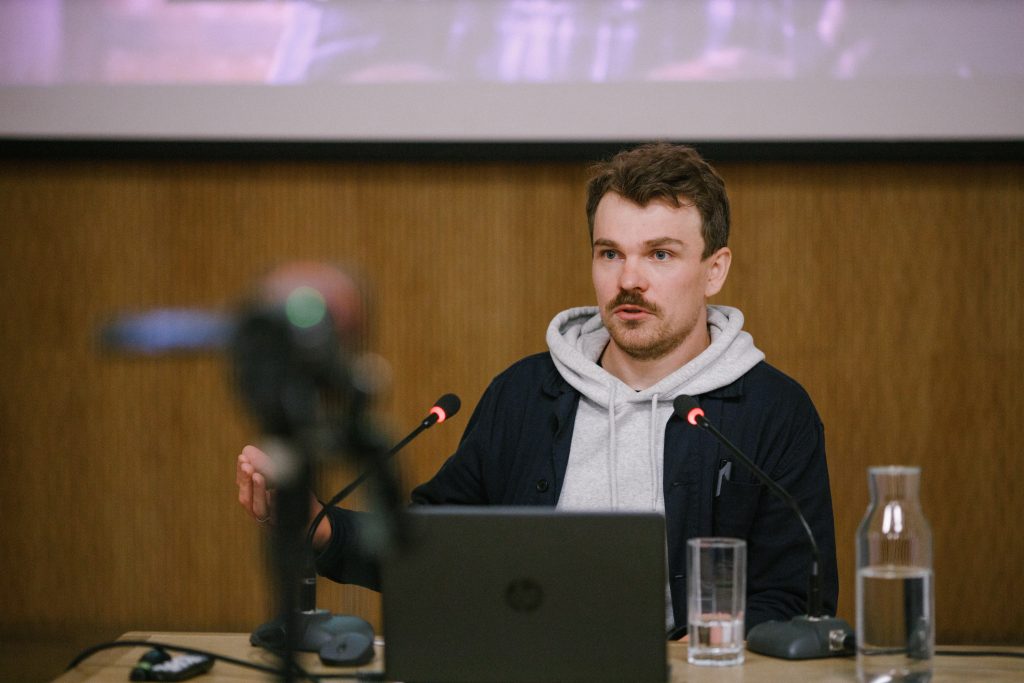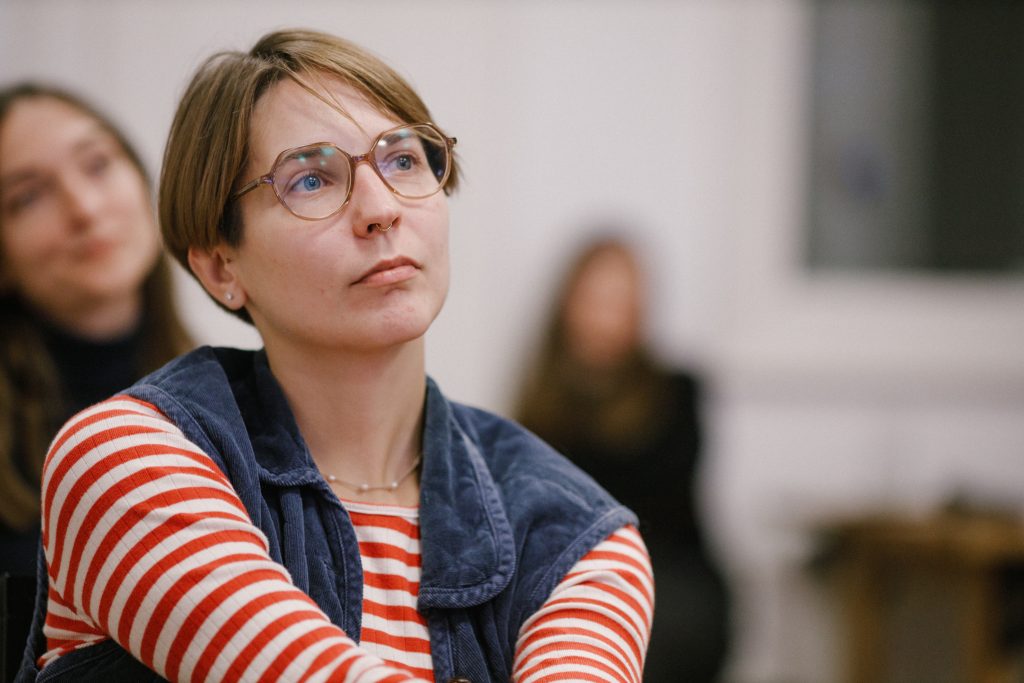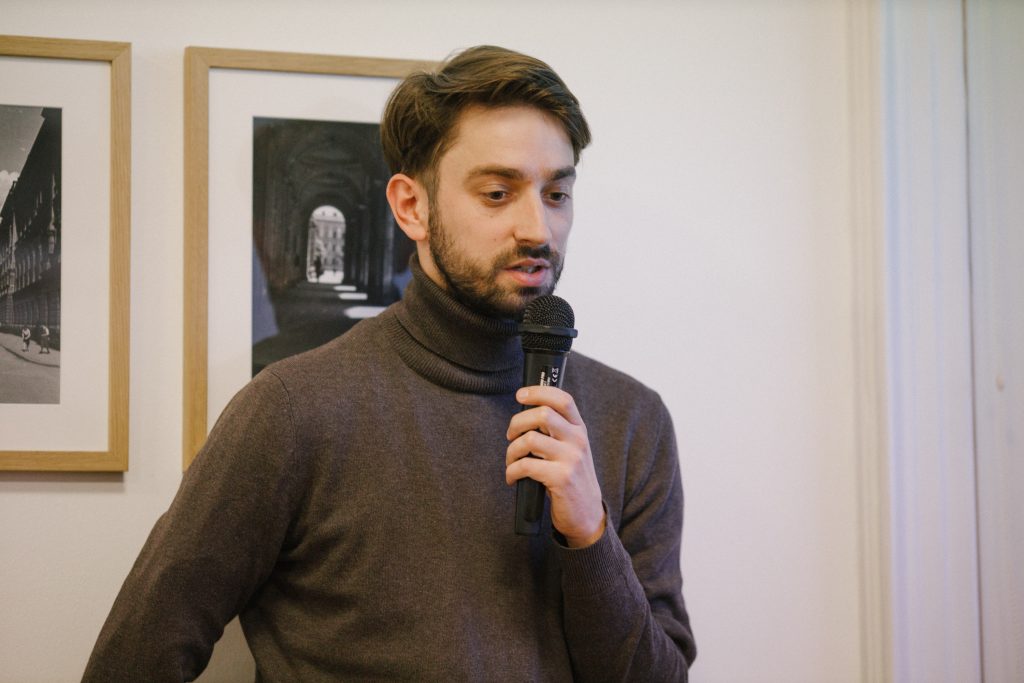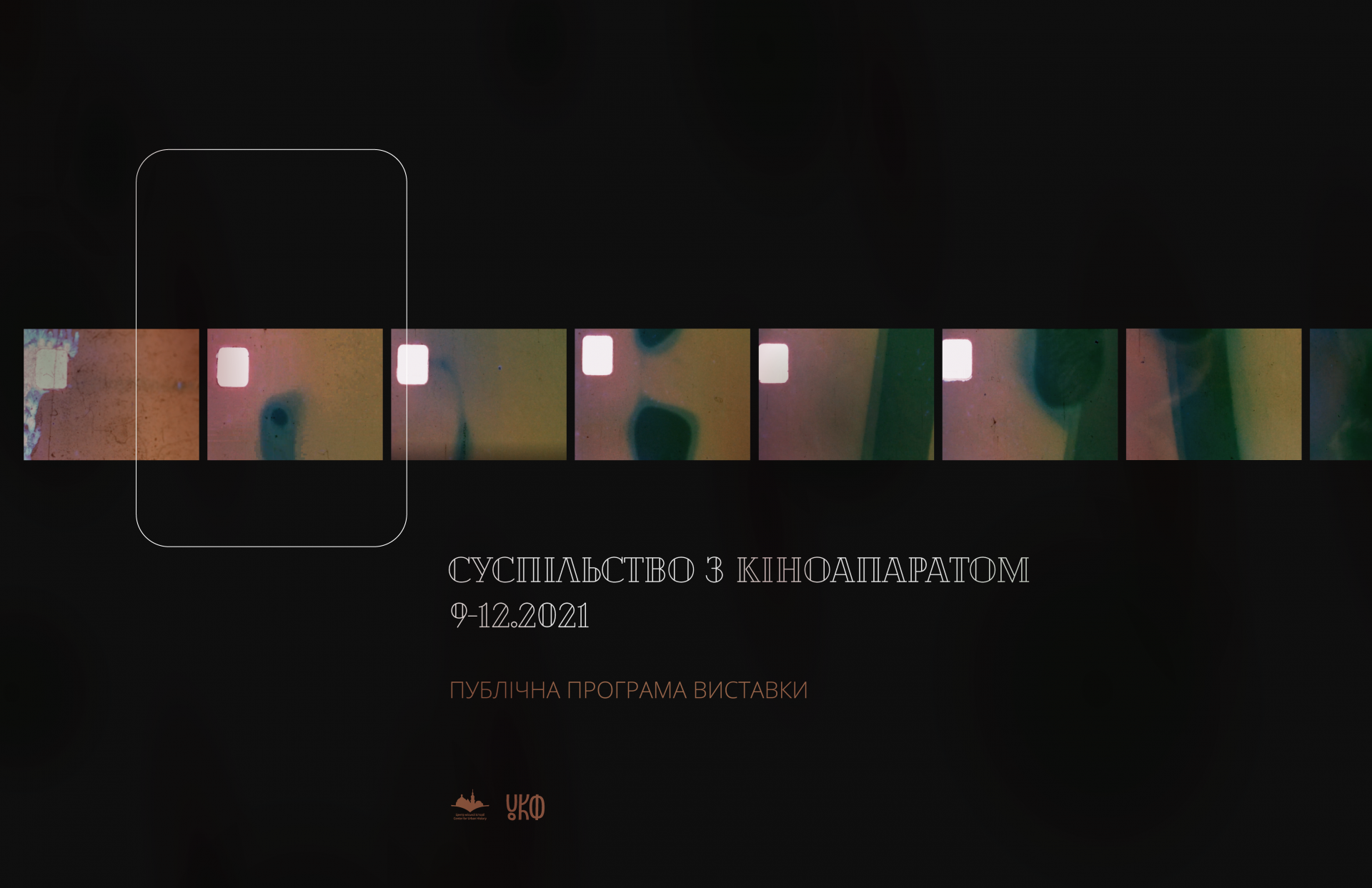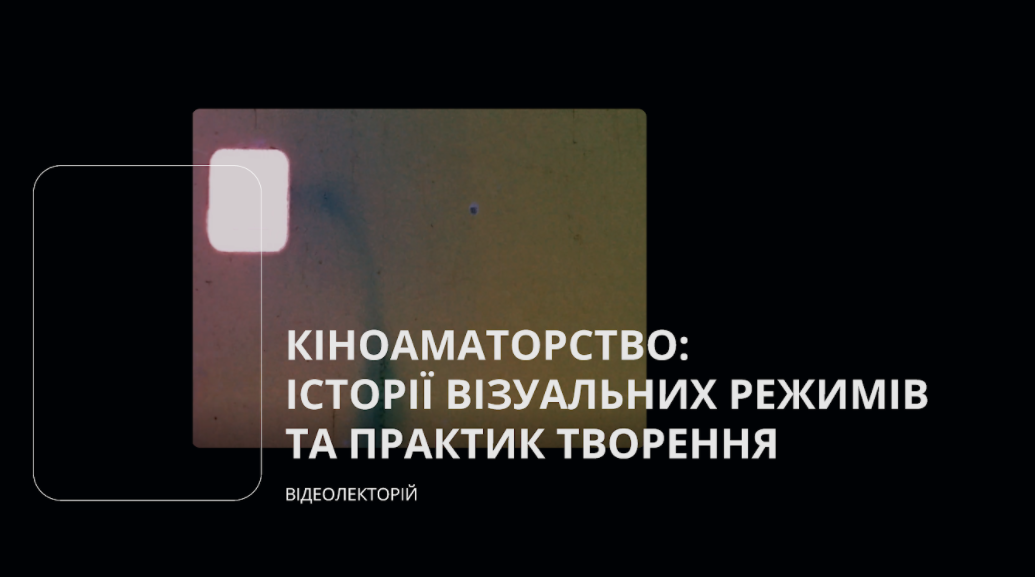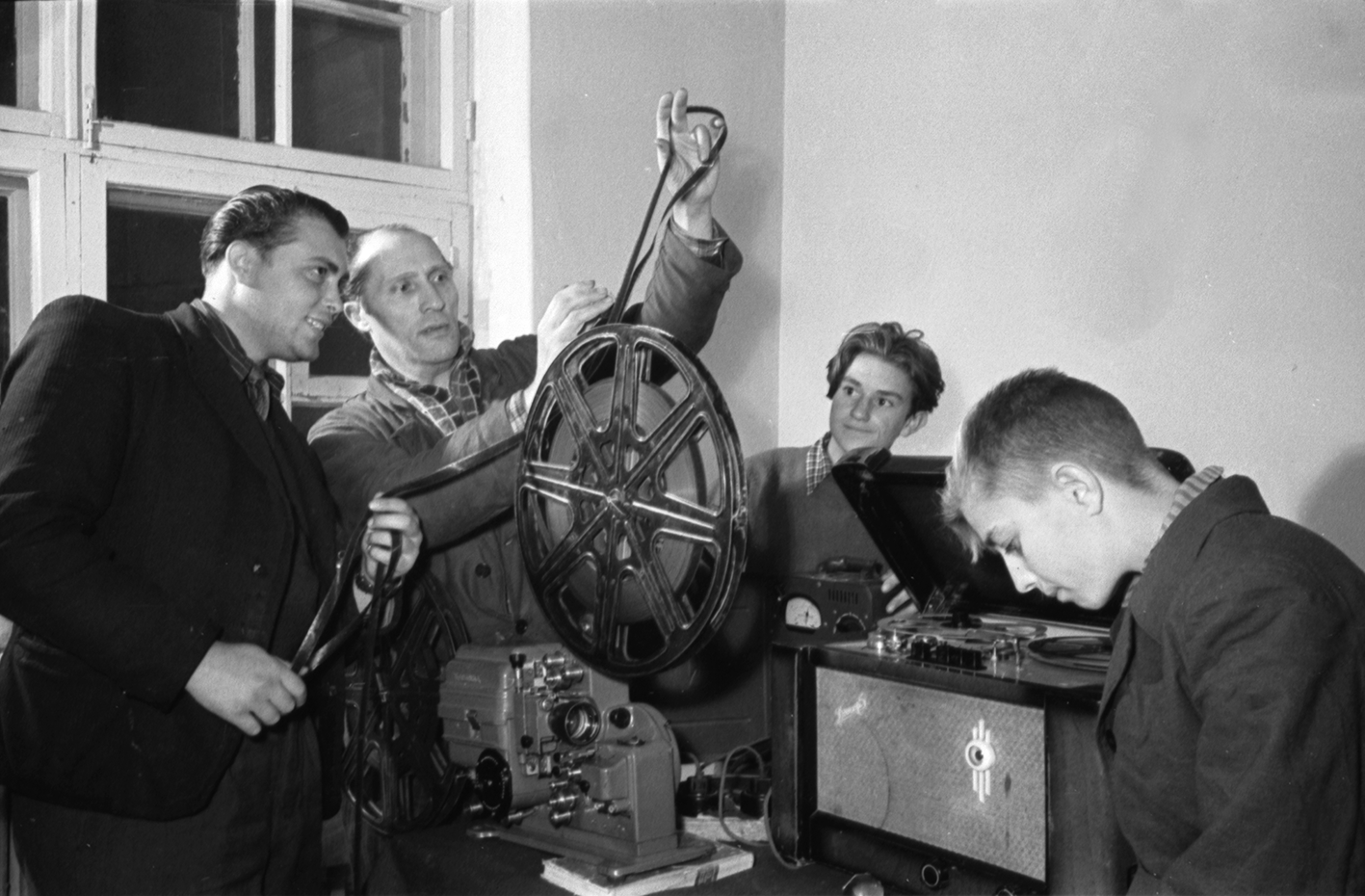Experiments with the Movie Camera and DIY Culture in the Second Half of the 20th Century
Oleksandr Makhanets
Center for Urban History29.10.2024, 18:30
Conference Room of the Center for Urban History
We are inviting you to a lecture by Oleksandr Makhanets that continues the public series "Let’s Have a City."
The DIY culture was a mass phenomenon in the Soviet Union. The key precondition for this fact is considered to be the shortage of consumer goods and the imperfection of the general planned economy model. This led to widespread support for DIY practices at the official political level. However, DIY was not only a way to satisfy the lack of certain things, but also became a tactic for creative realization and self-expression. This lecture will bring together several stories about film experiments and introduce DIY practices in Mariupol, Vynnyky, and Lviv in the 1950s-1970s.
For urban residents in Soviet Ukraine in the 1950s, movies were available primarily in the form of cinemas, which were at that time almost the central places of entertainment and propaganda. In other words, the average person in cinema was assigned the passive role of a spectator. At the same time, the technology of filmmaking itself was quite simple and straightforward, especially given the level of technical education among the population as a result of industrialization. This encouraged some enthusiasts to take an active role in relation to their favorite entertainment, to become creators and users of movies. Since they had the knowledge, desire, and ideas, but not the material resources, they had to make their own cameras and other equipment.
One of the heroes of the lecture will be Heorhii Kotelnykov from Mariupol, who in the 1950s, before the first amateur film cameras appeared in Soviet Ukraine, created his own device for shooting and screening actual full-fledged films on 35mm film 1.6 meters long. No less interesting is the practice of Orest Bachmaha, an artist and film enthusiast from Vynnyky, who has consistently followed the principle of making the things he uses himself, from the house he lived in and the bicycles he rode to the film camera and film projectors.
These and other similar examples expand our understanding of cinema as a closed technology and a rigid institutional hierarchy. They reveal a specific feature of the medium: its flexibility and malleability, which contributed to the emergence of unexpected experiments and creative practices.

Oleksandr Makhanets
Center for Urban HistoryHistorian, head archivist of the Urban Media Archive, curator of the [unarchiving] program aimed at popularizing archival heritage through experiments, non-academic forms and formats. At the Center for Urban History, she is working on a research project on home and amateur cinema, processing and developing the relevant collection at the Center’s Urban Media Archive, and curating the annual Home Movie Days program.
Credits
Cover Image: From the archive of Oleksandr Makhanets // Insert to the magazine “Yunyi Technik” (issue could not be identified)
Gallery: Mariia Varanytska
